No, it's not OK.
This is a common problem in traction batteries for vehicles. It is solved through precharge.
In a vehicle, the precharge circuit consists at the minimum of:
- A precharge resistor, to limit the inrush current (R1)
- A contactor (high power relay) across the precharge resistor (K2) to bypass the resistor during normal operation
Additionally, the precharge circuit may have:
- A precharge relay (K1), to keep the load from being powered through the precharge resistor when the system is off
- A contactor in line with the other end of the battery (K3) to isolate the load when the system is off

In the typical precharge circuit, the precharge resistor is on the positive terminal of the battery, though it could just as easily be on the negative terminal.
While you are free to use any designators you wish, the ones in this schematic (R1, K2, K2 and K3) appear to be industry standard, so you are encouraged to use them as well.
Since your battery is low voltage (24 V), you may not require galvanic isolation. In that case, you can skip the precharge relay (K1) and the negative contactor (K3).
Consider connecting the capacitor directly and permanently to the string of cells (before the BMS). In that case, use a precharge resistor to charge the capacitor, then connect the capacitor permanently to the string of cells.
